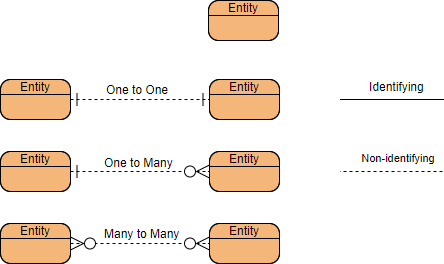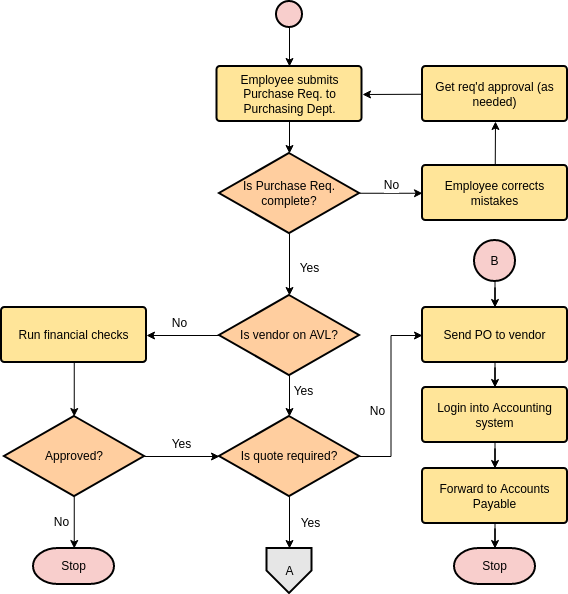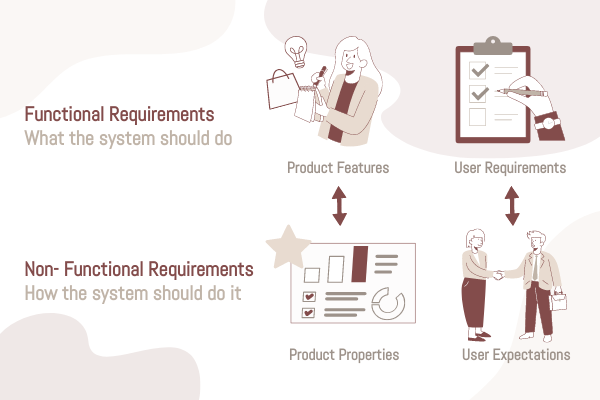Data modeling is a critical technique used to document a software system using Entity-Relationship Diagrams (ERDs). These diagrams provide a
Continue reading
Learning one new thing everyday


Data modeling is a critical technique used to document a software system using Entity-Relationship Diagrams (ERDs). These diagrams provide a
Continue readingEntity-Relationship Diagrams (ERDs) are essential tools in database design, providing a visual representation of data models at different levels of
Continue reading
Discover the role of cloud computing in modern business and how it enhances productivity while saving costs. Learn how cloud computing improves security and enables remote work. Explore the practical benefits of leveraging the cloud for your business growth.
Continue reading
Software Engineering Best Practices: Building Robust and Scalable Applications – Explore the best practices in software engineering for building robust and scalable applications. Learn about coding standards, testing methodologies, and architectural principles to ensure the development of high-quality software.
Continue reading
Entity Relationship (ER) diagrams provide a powerful way to visually represent the data requirements of a system and the relationships between different entities. They are particularly useful in database design, where understanding the relationships between various entities is critical to creating an efficient and effective database structure. ER diagrams help to identify the different entities, their attributes, and the relationships that exist between them, providing a comprehensive overview of the data model.
Continue reading
Data flow diagrams (DFDs) are visual representations that illustrate the flow of information within a system. They are used to describe the processes and data flows in a structured manner, and are useful in analyzing, designing, and documenting information systems.
Continue reading
This case study focuses on the use case modeling of an ATM system for a bank. The ATM system is designed to provide customers with a convenient way to access their accounts and perform various banking transactions, such as withdrawing cash, depositing cash, transferring funds, checking their account balance, and changing their PIN.
Continue reading
Pair programming is a software development technique in which two programmers work together at the same computer.
Continue reading
A flowchart is a tool that allows you to break any process down into individual activities and shows the logical
Continue reading
The first step in defining a new product, service, process, or system is to define requirements, i.e., specific functional or
Continue reading